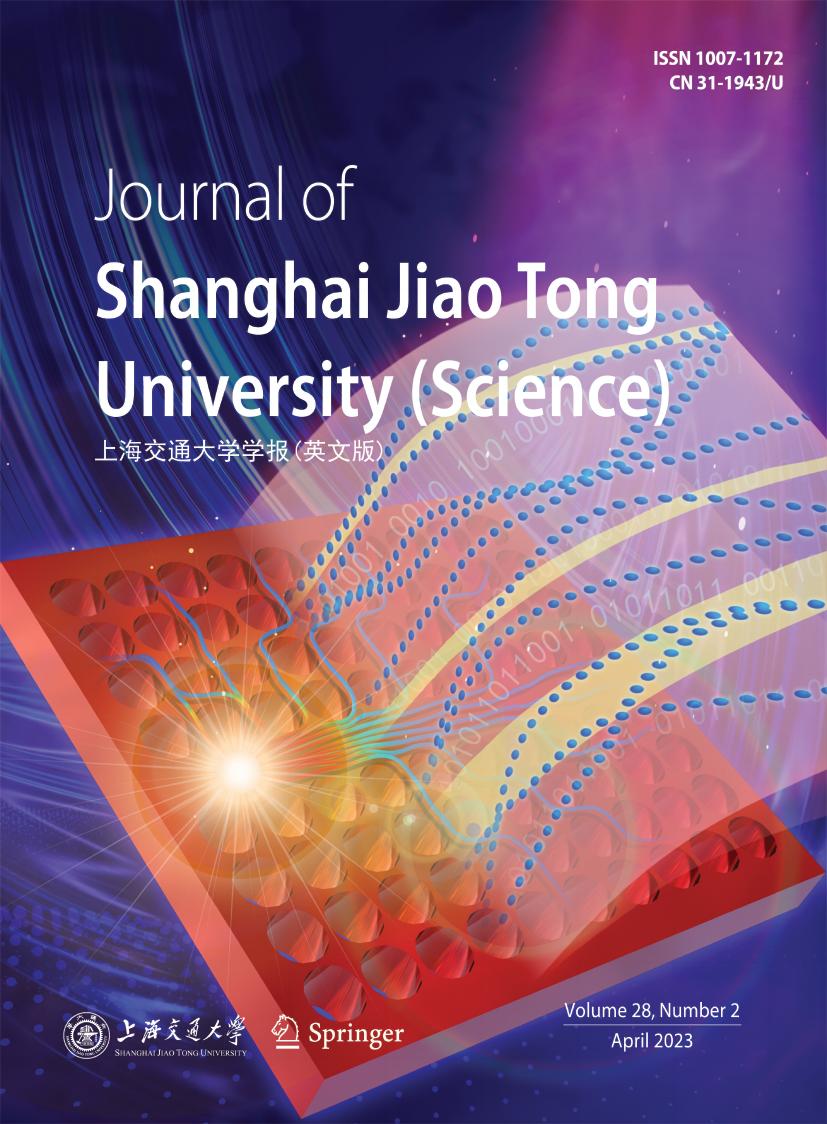|
|
Numerical Simulation on the Effect of Conveyor Velocity of the Roller Table on Stress Distribution and Evolution in Large Aluminum Alloy Thick Plates
ZHU Kai, (祝 楷), XIONG Baiqing, ∗ (熊柏青), YAN Hongwei, (闫宏伟), ZHANG Yongan, (张永安), LI Zhihui, (李志辉), LI Xiwu, (李锡武), LIU Hongwei, (刘红伟), WEN Kai, (温 凯), YAN Lizhen, (闫丽珍)
2023, 28 (2):
255-263.
doi: 10.1007/s12204-021-2389-y
Solution heat treatment combined with a rapid quenching operation, which can effectively suppress the decomposition of the supersaturated solid solution in the matrix, is a vital process step for producing large precipitation-hardenable aluminum alloy thick plates with desired properties. However, large thermal gradients that result from the non-uniform cooling rates during quenching usually give rise to severely heterogeneous distributions of residual stress in thick plates. The presence of roller-hearth furnaces makes it possible to achieve continuous and integral solution-quenching treatment for large aluminum alloy thick plates. The conveyor velocity of the roller table in the roller-hearth furnace is a key parameter but its influence is less addressed in literature. Thus, in the present work, finite element thermal-mechanical simulations taking into account different conveyor velocities of the roller table were employed to predict the temperature variations and residual stress distributions in large aluminum alloy thick plates during quenching process. Four different velocities were utilized in the simulations. The modeling results showed that the temperature evolutions as well as the distributions of the induced internal stresses in those large thick plates during quenching treatments were indeed affected by the conveyor velocities. Slower velocities were demonstrated to be favorable for gaining thick plates being with relatively homogeneous residual stress distributions in the plates.
References |
Related Articles |
Metrics
|

